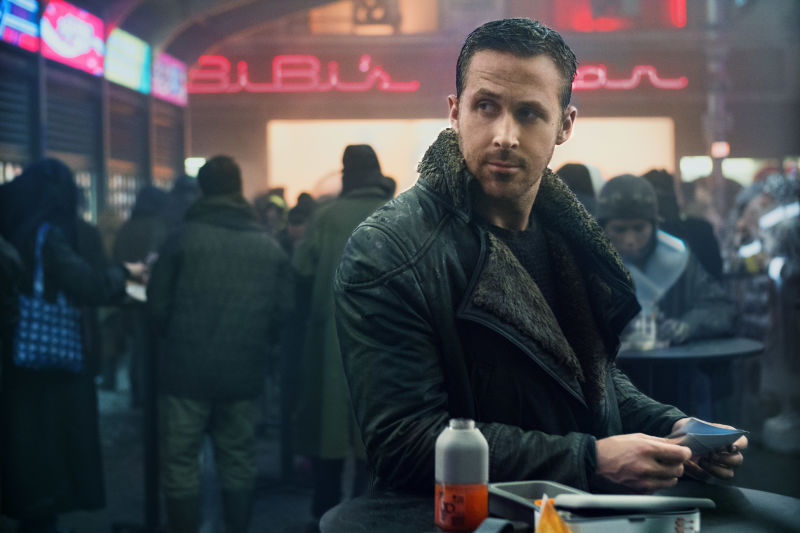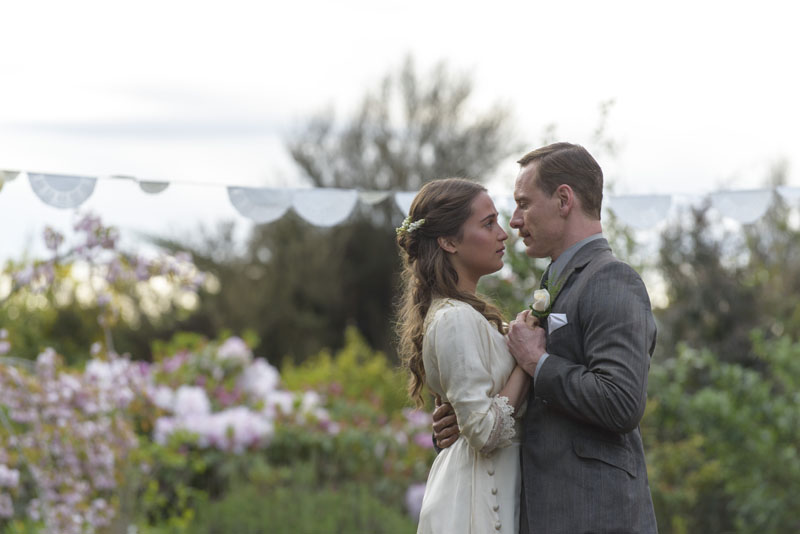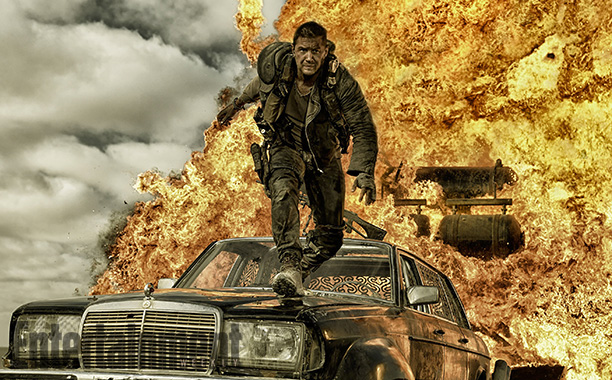At the end of the screening of Blade Runner 2049 we were asked to wait through the end credits. As the house lights came up our wonderful public relations person read a lengthy message from Director Denis Villeneuve begging us to avoid spoilers. Not only that but to avoid basic plot, characters and other details as we gave our impressions. The funny thing is, 2049 doesn’t feel that spoilable – especially at its 2-hour and 45-minute runtime. What it does accomplish is building on a revered classic while never meddling with its legacy. 2049 is not nearly the homage that The Force Awakens was but rather an expansion of the universe.
The film opens 30-years post Deckard’s narrow escape at the end of the original. After Blade Runner took place almost entirely in a post-apocalyptic steam-punk L.A., 2049 announces its differences in the first frame. Officer K (Ryan Gosling) is investigating a desolate farm centered near a dead tree – seemingly on the outskirts of Earth itself. K is a Blade Runner – a position that still exists – and he’s hunting down old Replicants, one’s that stopped obeying and fled their masters grasp. The intense stillness and quiet accented by bursts of Hans Zimmer’s score give these first moments a tone that is masterfully applied throughout.
 Don’t worry cinephiles – as we are never far from downtown Los Angeles at any given time. K checks in for his debrief regularly with his boss Lieutenant Joshi (Robin Wright) who proclaims her only job is to keep the peace. K lives with his A.I. girlfriend – a hologram named Joi (Ana de Armas) who greets him at the end of each day. K’s world is surrounded by neon, rainy-streets and the same holographic porny-advertising that accompanied Deckard all those years ago. There’s even a new corporation replacing Tyrell run by Niander Wallace (Jared Leto…ugh) whose motives may not be…completely above board.
Don’t worry cinephiles – as we are never far from downtown Los Angeles at any given time. K checks in for his debrief regularly with his boss Lieutenant Joshi (Robin Wright) who proclaims her only job is to keep the peace. K lives with his A.I. girlfriend – a hologram named Joi (Ana de Armas) who greets him at the end of each day. K’s world is surrounded by neon, rainy-streets and the same holographic porny-advertising that accompanied Deckard all those years ago. There’s even a new corporation replacing Tyrell run by Niander Wallace (Jared Leto…ugh) whose motives may not be…completely above board.
Villeneuve uses his expansive runtime not to fill the theater with rumbling action scenes or robust set pieces but to craft a dreadful mood that permeates each frame. It’s time that his collaborator and Director of Photography Roger Deakins take the Oscar home (FINALLY) this year. Their partnership here is awe inspiring as K moves from place to place. The deliberate nature of the story allows Deakins time to saturate our eyeballs with things we’ve truly never seen. It’s inspiring, artistic science fiction.
Of course, none of this would work (I’m looking at you Valerian) without an expert cast and again Villeneuve has delivered. Gosling’s performance is so nuanced that often it doesn’t feel like acting, there is nothing showy about it. But looking beneath those baby blues he exudes a confidence that only he has but a melancholy as well. He plays the dichotomy of K with subtly it’s impossible not to admire. He’s buoyed by wonderful support from the steely Robin Wright, to the sumptuous and torn Armas to Leto – who can’t help but ham-it-up but who Villeneuve graciously only gives about 10 minutes of screen time. Hell, even Harrison Ford seems far more invested here than he ever did returning as Han Solo.
And outside of Ford’s Deckard, this doesn’t feel like a cash-in sequel but rather a further exploration of the themes from Philip K. Dick’s novel, Do Androids Dream of Electric Sheep? It meditates on the nature of humanity and our treatment of the planet, wrestles with themes of police brutality and even let’s Jared Leto keep his ugly hipster beard. It’s the rare 21st century sequel that doesn’t constantly stop to wink and nudge you but rather lets its inspiration inform the work and propel it forward. In many ways, it’s astonishing that Blade Runner 2049 exists at all and makes me wonder whether replicants are already living among us. If I start checking under your eyelid…at least you’ll know why.
Blade Runner 2049 Opens in Theaters Everywhere Friday





